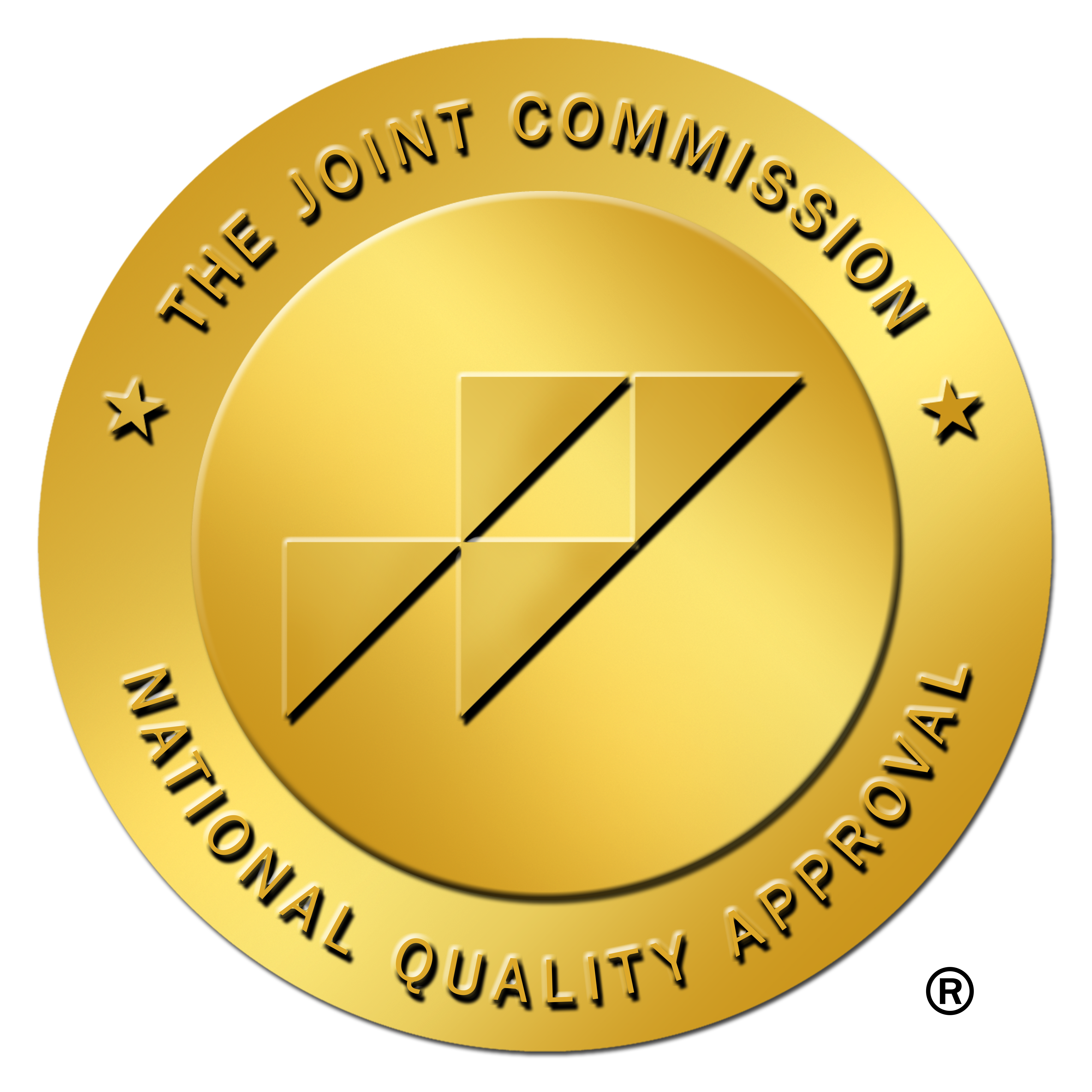It’s crucial to find help and support for someone experiencing suicidal thoughts. Care through a suicide treatment center may be the best choice for many people with suicidal ideation, self-harm, and overwhelmingly negative thoughts.
It can be challenging to know how to help someone with suicidal ideation and thoughts of self-harm. Always seek emergency assistance for immediate life-threatening situations and have a plan for treatment options as soon as the situation stabilizes. While seeking help isn’t always easy, getting the proper support for the person dealing with thoughts of suicide is paramount to saving their life.
When is Treatment for Suicidal Ideation Needed?
Seek treatment for yourself or a loved one with suicidal ideation as soon are you’re aware of the issue. You shouldn’t take these thoughts lightly or think they will go away. A person experiencing thoughts of self-harm needs assistance.
“When it becomes clear that a person is considering suicide, they’re often crying out for help,” said William Feck, LPC-MHSP, NCC, Therapist at Integrative Life Center. “Get them the help they need as quickly as possible.”
On average, there are 130 completed suicides per day in the United States. This number doesn’t include attempts at death by suicide. With an increased emphasis on prevention through the federal government and private organizations, suicide rates overall have decreased slightly in the last few years. But, suicide rates for some groups, including people of color and LGBTQ+ youth, have increased.
There is no one reason for suicide. But feelings of hopelessness and despair from stress or depression are often involved. Suicide prevention and treatment are vital for someone with suicidal thoughts or at risk of suicidal behavior.
“Suicide often is linked to depression, but there are a myriad of reasons that someone may experience depression,” William said. “A mental health assessment by a professional can allow you to understand the root cause of these thoughts and start to heal from it.”
Ways to help someone at risk include:
- Provide access to mental health care resources
- Maintain connection with them
- Stay supportive
- Guide them to help
- Seek immediate help in an emergency situation
“If you think that a person is an immediate threat to themself or others, it’s best to contact emergency services,” said William. “Otherwise, don’t leave them alone and seek treatment as soon as possible.”
What Happens in Suicide Treatment Centers?
Suicide treatment centers can provide the overall support a person needs to recover safely. These programs offer counseling to help identify the issues causing these feelings and heal from them. They also offer education and support for dealing with future concerns.
The trained staff at suicide treatment centers start with an assessment and then provide medical assistance, therapy, and education as a person moves through the program. Some centers use various therapies that include research-based and experiential treatments. Programs that include a personalized approach to treatment often provide the best chance for healing and recovery.
“People get the expert help they need at suicide treatment centers,” William explained. “Threats of suicide or other self-harm are overwhelming and frightening. When the person is in a treatment center, you know they’re safe and actively working to heal.”
Benefits of a Suicide Treatment Center
The overwhelming benefit of a suicide treatment center is to keep a person from dying by suicide. The treatment options available at suicide treatment centers offer the best coping, support, and recovery opportunities. Suicide treatment centers offer various benefits to help you or your loved one heal.
Immediate Access to Care
A suicide treatment center provides immediate access to various medical and mental health professionals to assist you in your times of greatest need. These people focus on keeping you safe while helping you heal.
Identify Risk Factors
Mental health professionals at a suicide treatment center will perform an assessment that identifies risk factors for suicide. Once identified, treatment plans may mitigate those factors. In addition, the center’s ability to work with co-occurring disorders should be a deciding factor, as treating the root issues behind suicidal thoughts and considering the whole person as part of the treatment is vital to long-term success.
Provide a Safe Space
Treatment centers provide a safe space to learn new coping behaviors and tools to improve well-being. The trained staff follows the treatment program determined at the initial assessment, and updated treatment plans continue throughout the program.
Give Encouragement
Receiving encouragement from others in the program, as well as counselors and staff, helps build confidence. The belief that those in the program are worthy and are now empowered to seek support for their health is a necessary step in healing.
Promote Understanding
Allowing space and time in treatment to understand your needs while learning to be resilient is an important step in suicide treatment. Knowing that negative thoughts happen and feeling confident you have the tools to process those thoughts and emotions in the future is another crucial healing point in a treatment program.
“People in crisis often feel out of control,” William said. “Learning what’s happened to them and how their mind and body are naturally responding to it can help them heal. It gives them a greater understanding of themselves and normalizes their responses to unique challenges.”
Follow-Up Care
Mental health professionals at a suicide treatment center will provide you with an aftercare plan to continue ensuring your safety and healing as you integrate back into your regular life. This plan may include ongoing counseling and group support.
Resources for Finding Suicide Treatment
There are many options available for treating suicidal ideation. Some treatment programs include residential, outpatient, support groups, and medical treatment. Using directories such as the National Institute of Mental Health and Substance Abuse and Mental Health Services Administration can help.
Additional resources to consider when looking for a suicide treatment center:
- Primary care or mental health providers
- Local or state agencies
- Federal resources
- College health centers
- Professional organizations and suicide prevention groups
Suicide prevention is the top priority of suicide treatment facilities. The first step is recognizing the situation and working with trained professionals to start an individualized program.
Finding a Suicide Treatment Center
Don’t take suicidal ideation lightly. If a person is in immediate danger, call 9-1-1. For other situations that may be escalating, the CDC has a list of helpful resources to get help and guidance on how to proceed.
When considering a suicide treatment center, request referrals from a primary care physician or mental health provider. Then, look at the facilities that meet the treatment needs based on what you know and identify the resources of each potential treatment center.
Identify the risks and severity of the individual situation and determine if the facility can meet the support and safety needs. And work with insurance providers and the treatment centers to be sure you are aware of what insurance covers within the programs and what is the patient’s responsibility.
Suicide Treatment at ILC
The suicide treatment program at Integrative Life Center provides a trauma-focused and heart-center team to help with your healing.
The team understands that trauma can have a profound impact on the way a person functions. Therefore, the ILC team makes it their mission to identify potential trauma and help clients process and cope with their experiences.
Being heart-centered is at the core of ILC. It means they use caring and guidance to help you reconnect with your true self and heal your entire person.
“Our goal is to help a person heal and give them the tools they need to live their most authentic lives,” William explained. “We want to free them from fear and pain that resulted in them experiencing suicide and show them that a happier future is possible.”
Suicidal thoughts threaten someone’s life and well-being, and seeking help is critical. Treatment at a suicide treatment facility should be trauma-informed, focused on the individual’s well-being, professional and caring.
Integrative Life Center can provide all this and more along the path to healing and recovery. Contact us today to learn more.












